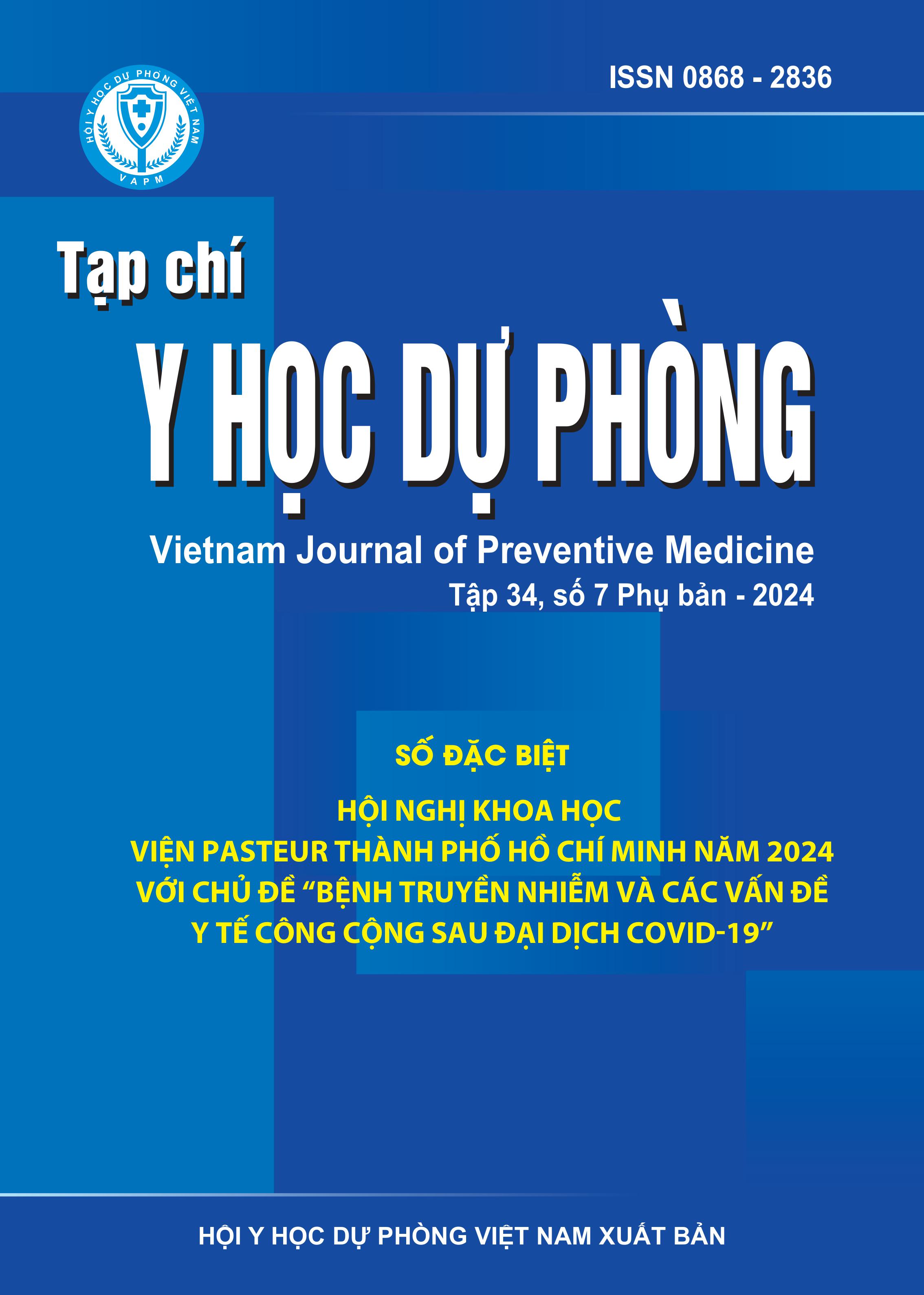A review of lead neurotoxicity in children: disease burden, causes, mechanisms, diagnosis methods, prevention and treatment
DOI:
https://doi.org/10.51403/0868-2836/2024/2008Keywords:
Rotavirus Gastroenteritis, rotavirus vaccines, ROTAVAC, ROTASIILAbstract
Currently, there are four rotavirus vaccines approved by the World Health Organization (WHO). The two new rotavirus vaccines approved by the WHO, ROTAVAC and ROTASIIL, lack substantial information regarding the current situation of rotavirus gastroenteritis after vaccination. Therefore, we undertook a study aimed at understanding rotavirus gastroenteritis in relation to the aforementioned rotavirus vaccines. We searched Medline (via Pubmed), Cochrane, and ClinicalTrials.gov from 2005 to 12/2022 for ROTAVAC and ROTASIIL. Regarding the results of any rotavirus gastroenteritis, in the first year of follow-up, the risk ratio (RR) of ROTASIIL was 0.70 (CI 95%: 0.61 – 0.80) compared to ROTAVAC, which was 0.66 (CI 95%: 0.54 – 0.80). During two years of followup, the risk ratio of disease afer ROTASIIL administration was 0.78 (CI 95%: 0.71 – 0.85), and ROTAVAC was 0.66 (CI 95%: 0.67 – 0.75). The current situation of of severe rotavirus gastroenteritis (SRVGE) were in the first year of follow-up, the risk ratio of disease afer ROTASIIL administration was 0.51 (CI 95%: 0.33 – 0.81), and that of ROTAVAC was 0.44 (CI 95%: 0.31 – 0.62). During two years of follow-up, the risk ratio of ROTASIIL was 0.55 (CI 95%: 0.43 – 0.72), and ROTAVAC was 0.72 (CI 95%: 0.52 – 0.98). The reults showed that over a 2-years period, the risk ratio of severe and any rotavirus gastroenteritis afer vaccine administration of ROTASIIL vaccine was higher than ROTAVAC. This risk ratio was lso higher with a 2-years follow-up than with a 1-year follow-up.
Downloads
Downloads
Published
How to Cite
Issue
Section
License
Publication License No 150/GP-BTTTT signed on May 8, 2014;
Electronic Publication License No 322/GP-BTTTT signed on June 15, 2016.


